A Lifestyle Food Photography Guide
Sally Frawley is a foodie who also loves photography. She’s also all about good coffee, cooking, high quality, locally produced food… and family. So it was a natural evolution that she would one day bring all of them together and photograph food in a lifestyle manner, enabling her to incorporate all her great loves into her photos.
Just like an old family recipe.
I mean, she’s also a mum to two strapping teenage boys, and let’s be honest… knowing teenage boys she was never going to get in much portrait practice!
We have some pretty talented food photographers in our CLG community, and Sally is one of them. Read on to grab her tips and tricks, and be inspired to try this genre of photography which includes the aspects of life that fill our hearts…
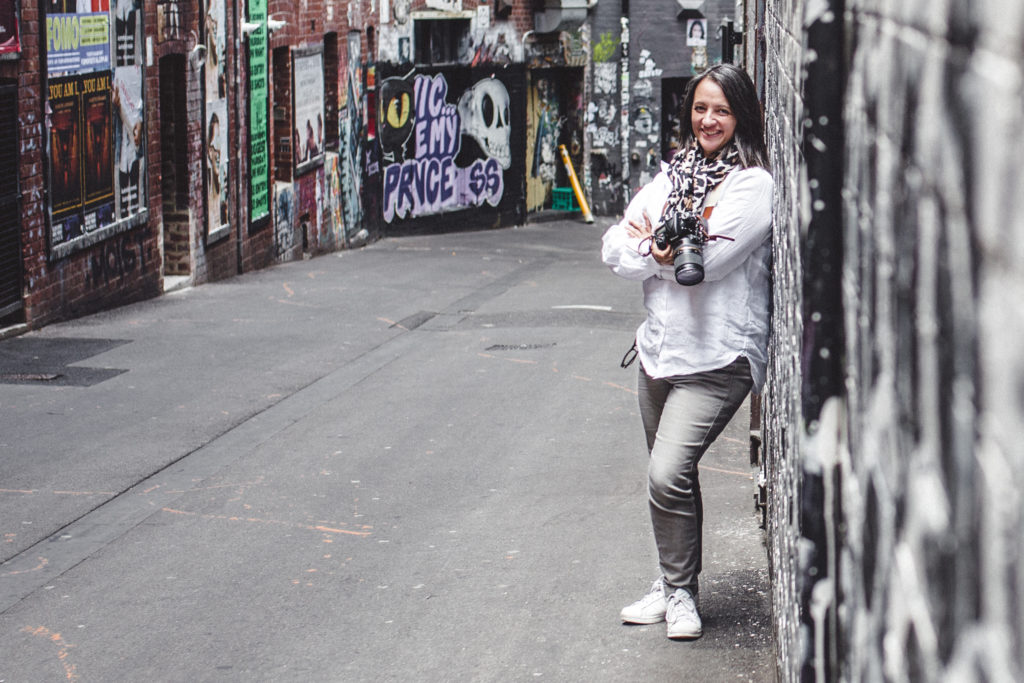
I LOVE food, I mean really love food. I love cooking it, eating it and discovering new cafes and restaurants in which to enjoy it. I also love photography and story telling so it naturally follows that I would love lifestyle food photography.
The ability to harness all my loves and skills in one genre has been so wonderful. No doubt if you’re here you at least love photography too and indeed creativity, and if you’re reading this you probably enjoy food too.
Food photography can be a wonderful outlet for your photographic creativity when willing models are lacking (teenage sons I’m looking at you!). It can be a beautiful record of your own cooking efforts and your family’s favourite recipes, and of course a fun way to record and share your own dining experiences when out and about.

1. What is Lifestyle Food Photography?
When thinking about food photography, you might imagine a stylised version like you’d see in glossy magazines, cookbooks and enviable social media accounts (albeit artistic and beautiful!).
And although that style is beautifully artistic, in lifestyle food photography we portray the food as its prepared, served and/or enjoyed. The photos reflect the process or the manner in which the food is served or eaten, hence the lifestyle tag.
The photos can make you feel hungry, want to go to that venue, or even imagine yourself making that dish. It should transport you and for that reason its particularly attractive to story tellers as a photographic genre.
We can even feature the location it was prepared (hello kitchen!) as a subject in and of itself.




It’s particularly attractive to storytellers as a photographic genre, and for that reason it can be tempting to add every element to the composition to ensure the whole story is told.
But as tempting as this is, it’s important to pare this back so as not to clutter and overwhelm your shot. So how do you decide what stays and what goes?
Consider the important parts of the story. This is particularly important if you’re shooting your own recipe or a cherished family recipe. You really want your creation to be the star of the shot so your composition needs to reflect this.
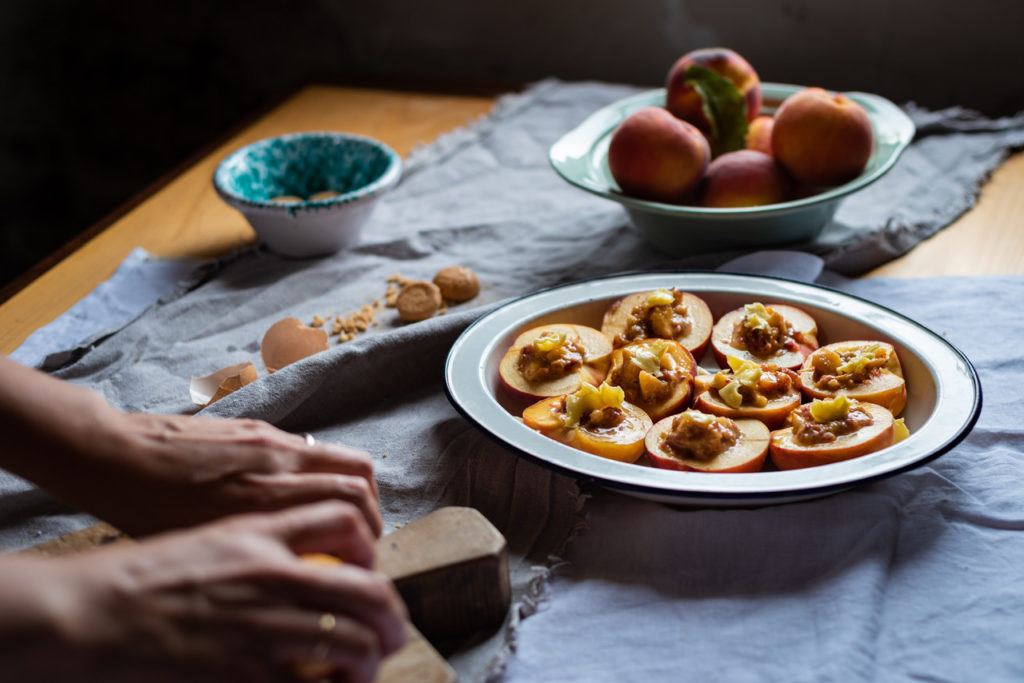

2. Storyboard Style
Shooting in a story board style is a great way to do this, planning shots from simple ingredients all the way through to setting the table and enjoying the meal. So what can you capture to tell your story? Loads of things!
The Recipe
Every story has a beginning… and when it comes to cooking, it’s the recipe! Even if the recipe is so well loved and well worn that it’s in your head, you can always write it down for the purpose of taking a photo (anything for the photo!).
Afterall, it’s an important part of the story, so include it!
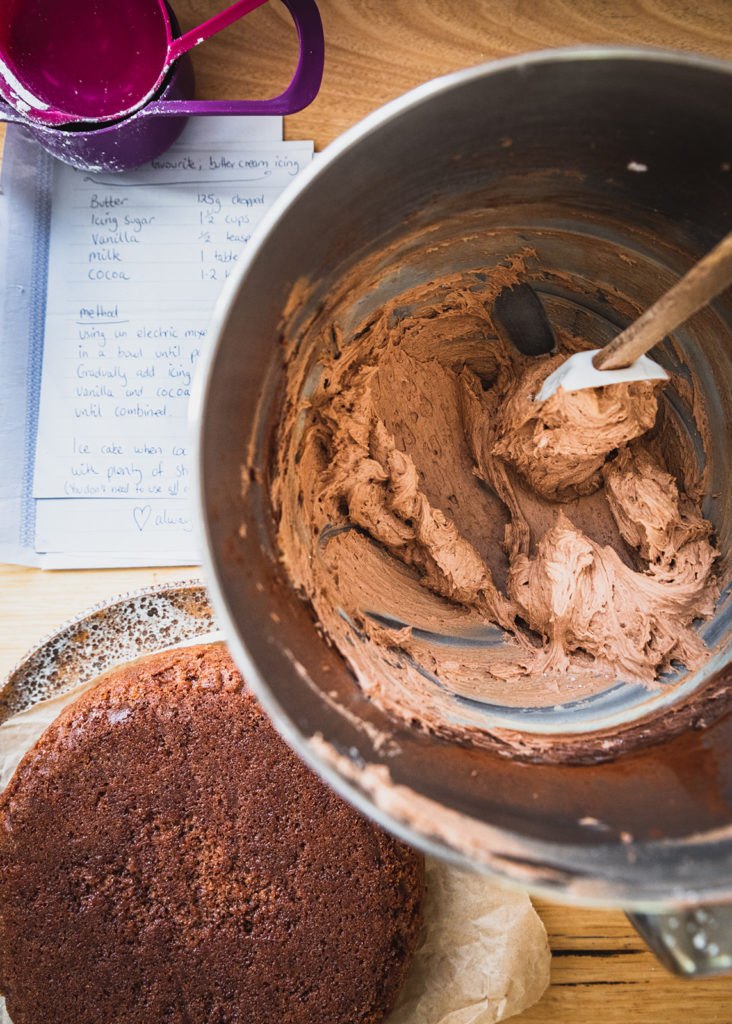
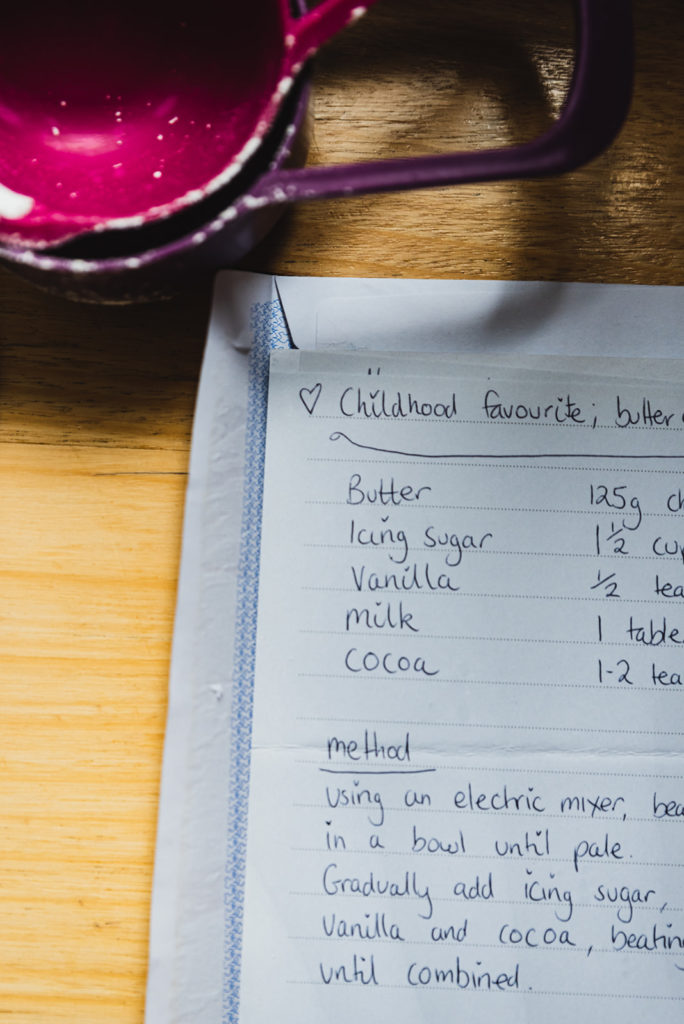
The Ingredients
Ingredient shots work best when they’re kept simple, highlighting freshness and abundance. Shooting from top down is a great way to capture these shots.
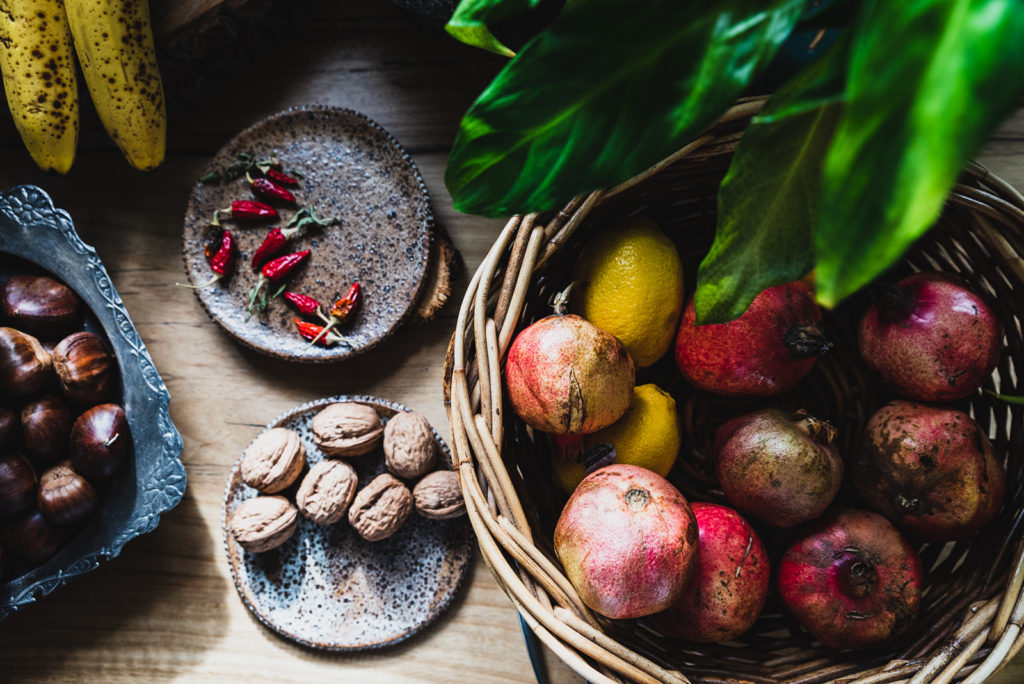
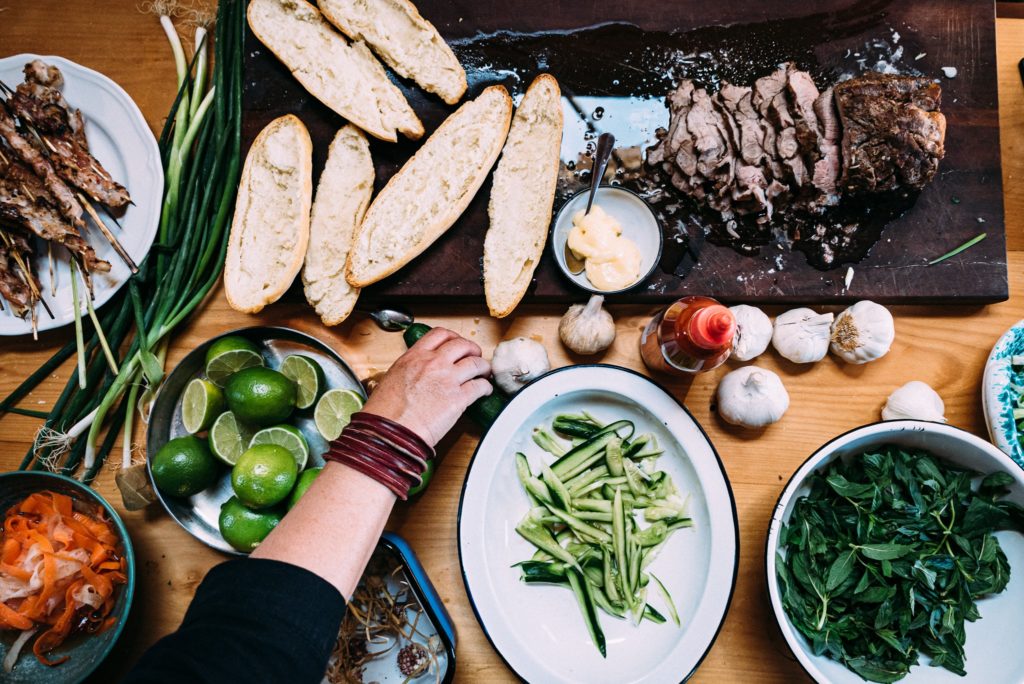
The Preparation
From here shots of you creating and preparing the dish can be particularly engaging. Including hands working in the preparation of the shot add a human element, draws the viewer in and helps them imagine their own hands creating the dish and eagerly anticipate the next shots in the ‘story.’

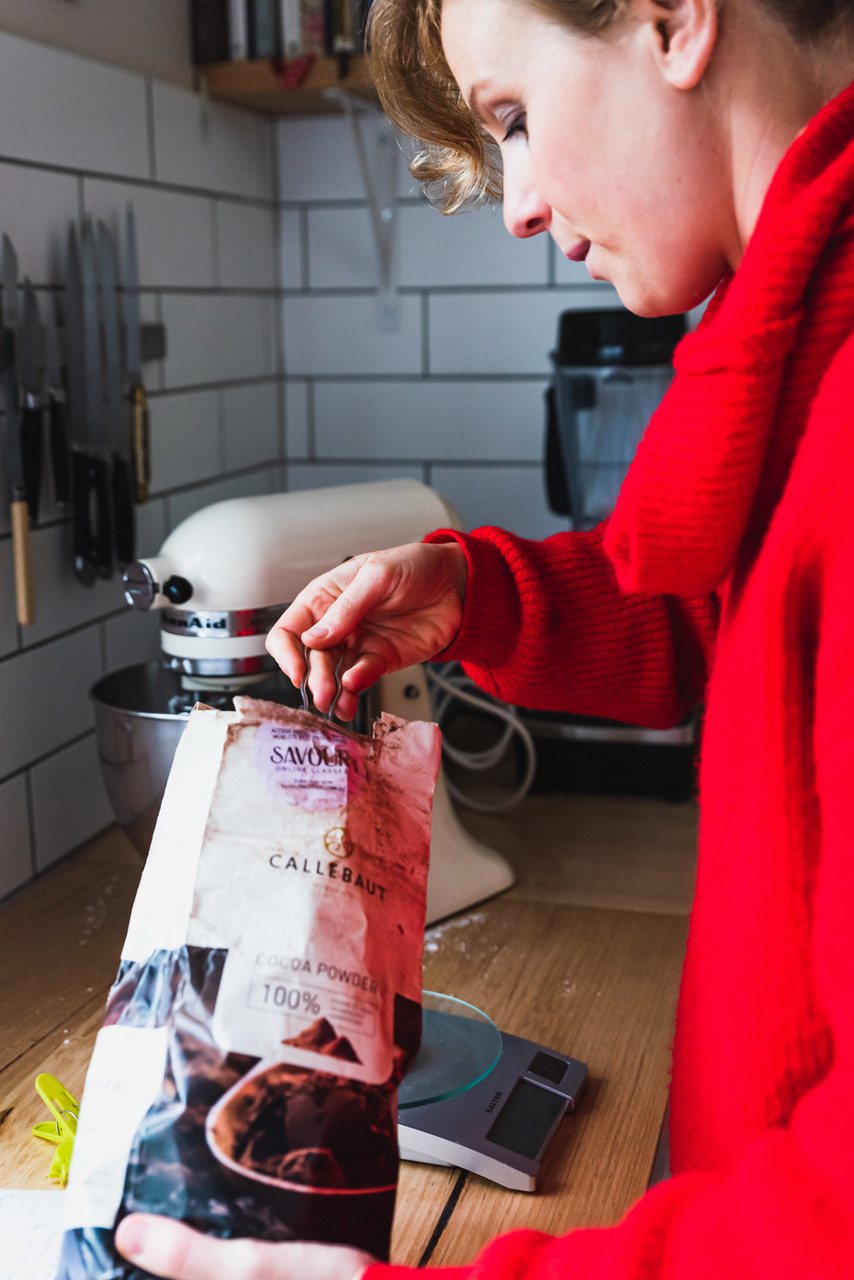
The Finished Dish
There are sooo many ways to photograph your finished dish. You might garnish it, serve it into bowls straight from the stove, or bring it to the table for diners to serve themselves. Then there’s the platter on the table, serving diners, eating, the way it’s eaten… the list is endless, and the following are some examples:
The cutlery and crockery to be used.

Dishing up.


The act of placing the serving platter on the table.
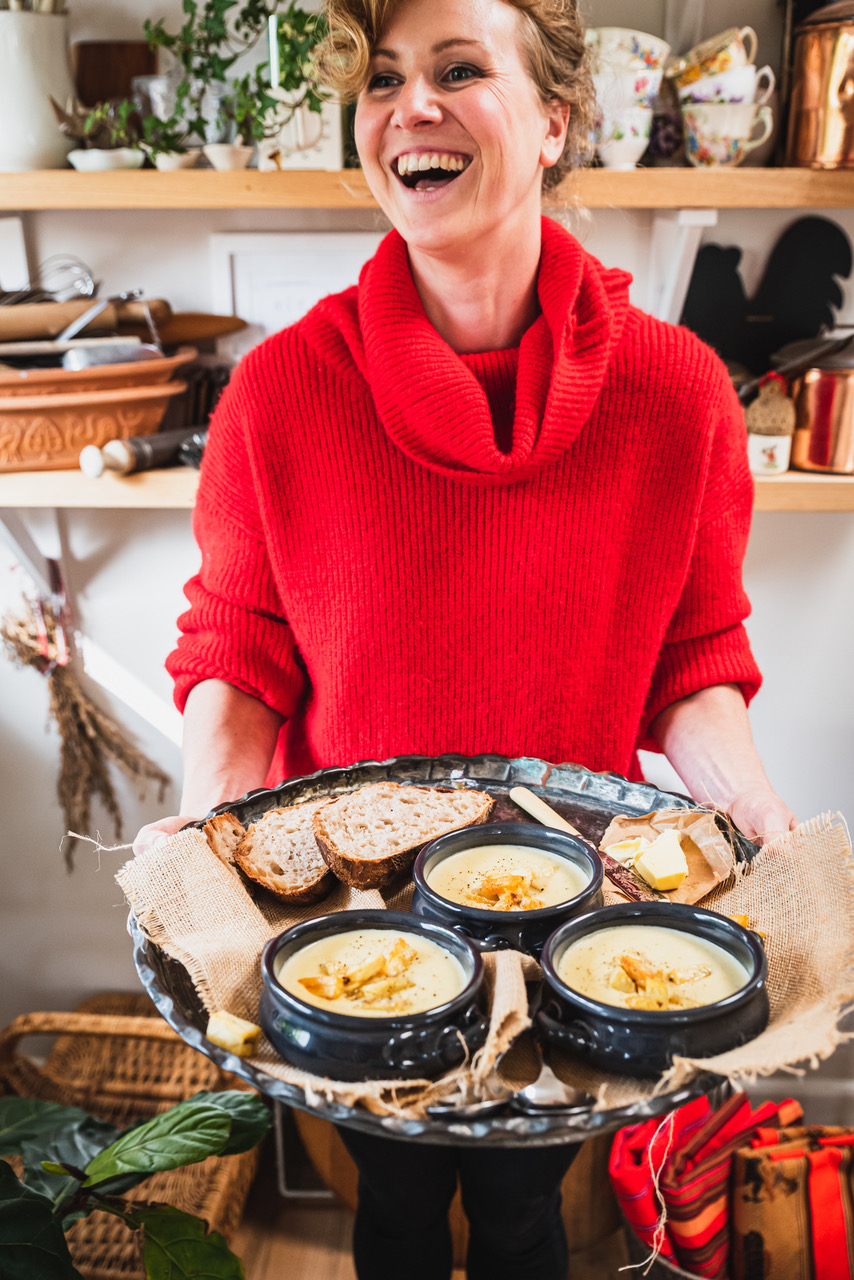
Surrounding a meal with side dishes and their lovely colours.

Diners reaching in to serve themselves

People eating the dish

These are all ways to add a real life element that transports the viewer to imagining themselves at the table.
Make sure you also allow some space in these types of shots, so you can include all the elements of your composition and allow the eye a chance to roam around the shot and enjoy the story.
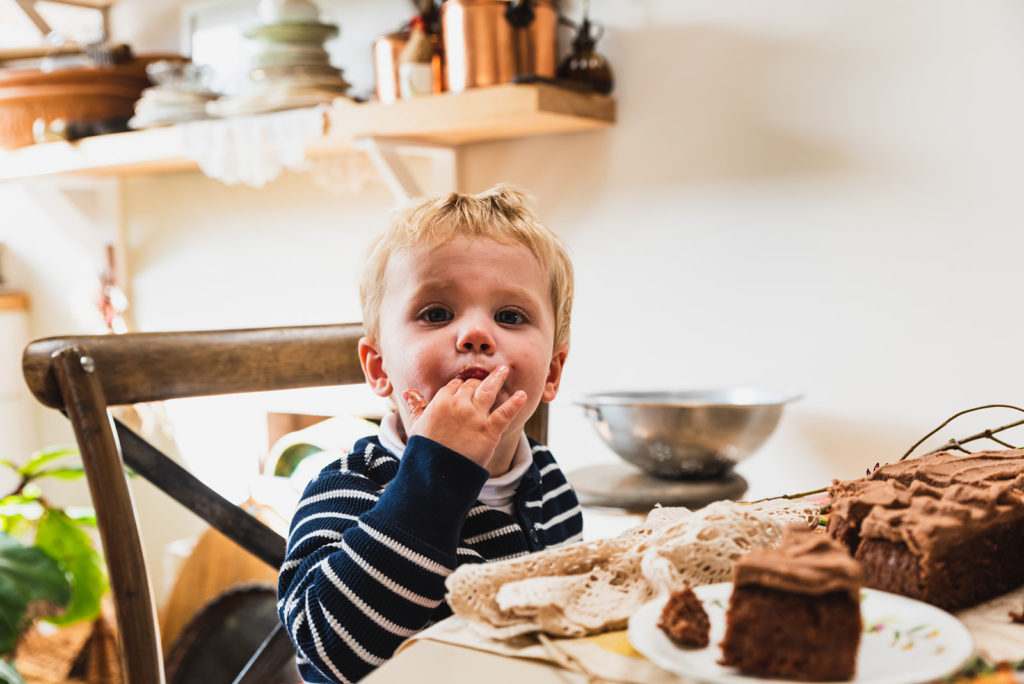

3. Composition & Angles
I love close ups as a way to highlight detail and texture, and those shots are an important part of the storytelling process.
But don’t forget some wide shots for context!
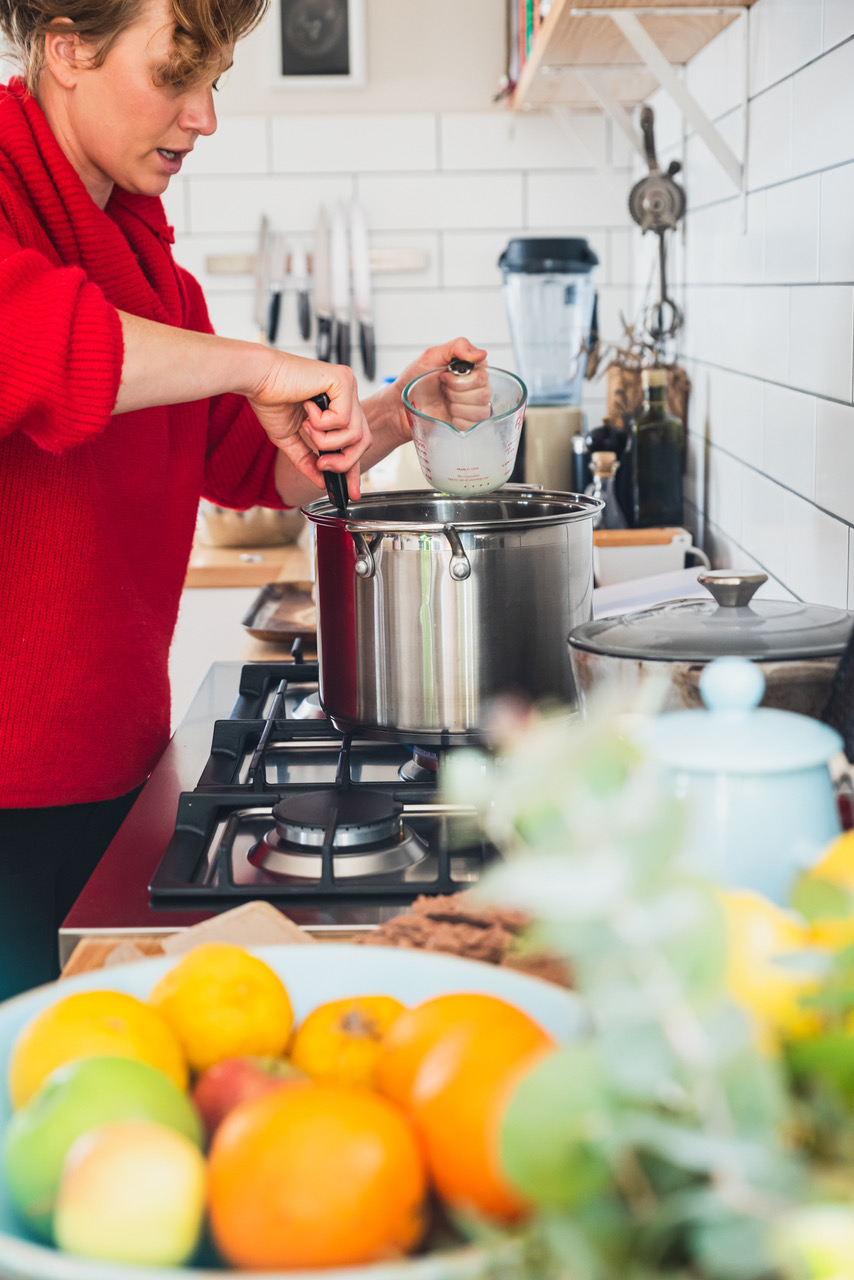
In most cases, an open composition works best in food photography. What does that mean? An open composition is when parts of some elements live outside the frame and a closed composition is when all elements are fully within the frame.
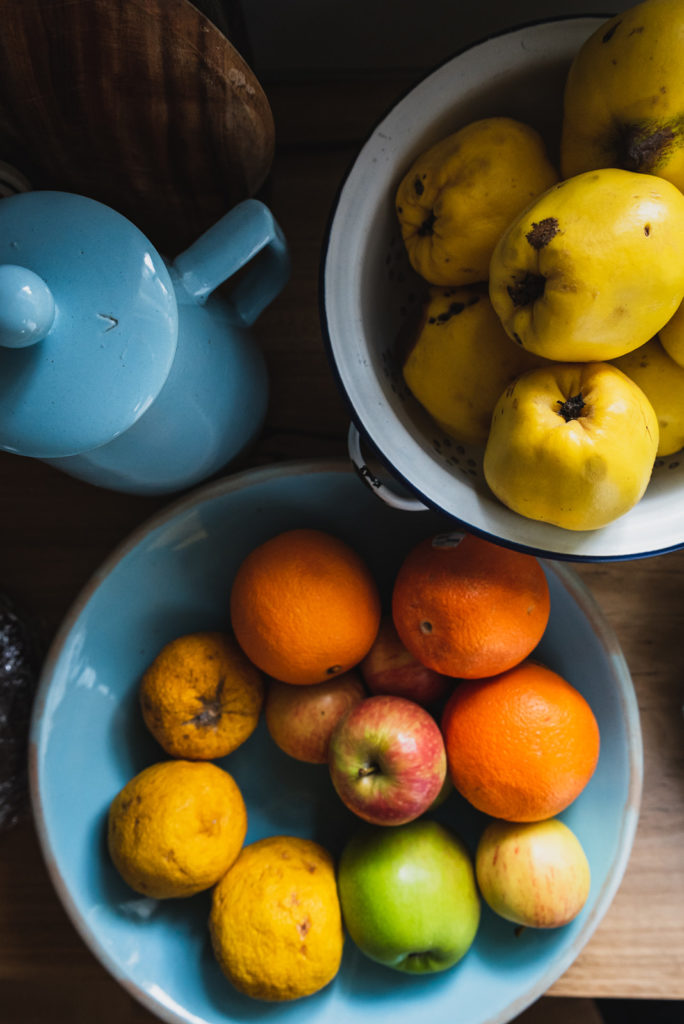
Open composition: The rule of thumb is to avoid cutting off just the edge of any element as it will look accidental. Conversely, if you frame out more than half of the object its inclusion will feel accidental, and overall unbalanced.
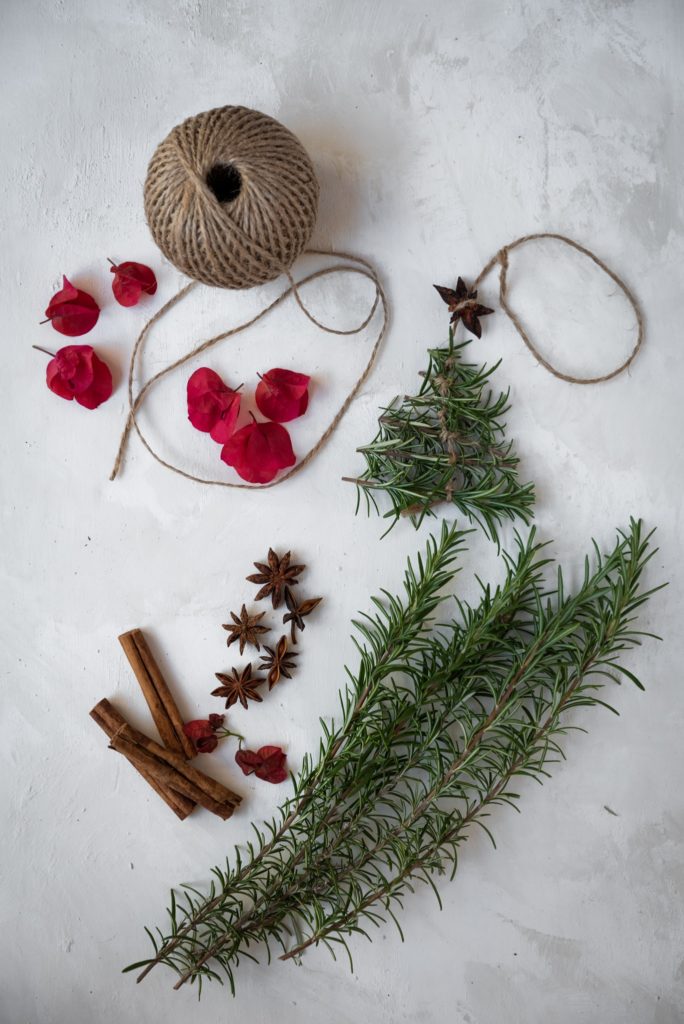
Angles
Vary your angles to get loads of variety, and as a way to show different aspects of the scene and subject.
When deciding what angle to shoot from you need to consider what you’re trying to highlight, and what other elements are in the shot that might get in the way or distract.
I find the slightly higher than eye level is a really great angle for lifestyle food photography as it enables you to showcase both the action, and the elements being used. If this had been shot straight on, the silver pot would overwhelm the shot. Instead, the action is the hero.

This angle is the perfect way to show off both the soup and the bowls. If shot at eye level, the bowl would conceal most of the soup. If shot from directly overhead, we’d miss out on the detail of these beautiful bowls. So this angle is the obvious choice.

This is a popular angle in food photography for good reason – it enables you to really isolate your subject, completely framing out any competing elements in the surroundings, and is a great way to get in close and show off the texture. Mouthwatering! The inclusion of the single spoon still with evidence of the cooking process adds a sense of life and immediacy.

When shooting from above keep tall items to the edges of the composition. They’ll create a different focal plane and change the viewer’s experience if placed in the centre or too close to the food you’re wanting to highlight.

4. Light
In lifestyle food photography we tend to prefer natural light, so our ambient light is very important. If you’re home is a bit light challenged, look for beautiful soft light near windows, and you might need to use a wide aperture to capture it.
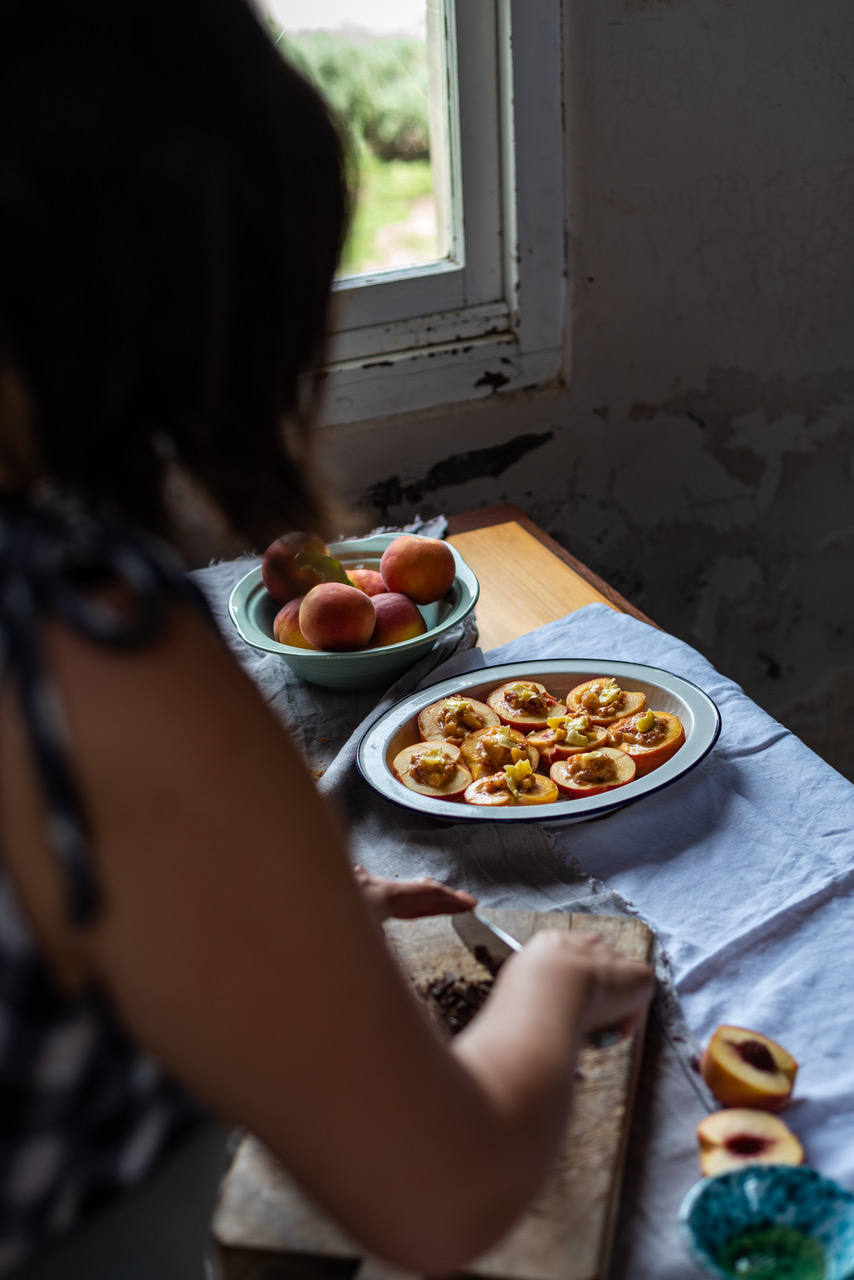
You need to view the ambient light as an important part of the story you’re trying to convey. When shooting images of your own food creations, light is very much a matter of your own style, but you should also consider what you want your audience to feel.
For example, soft low key light with deep shadows is often well used with hearty winter meals, as it conveys warmth and comfort to the viewer.
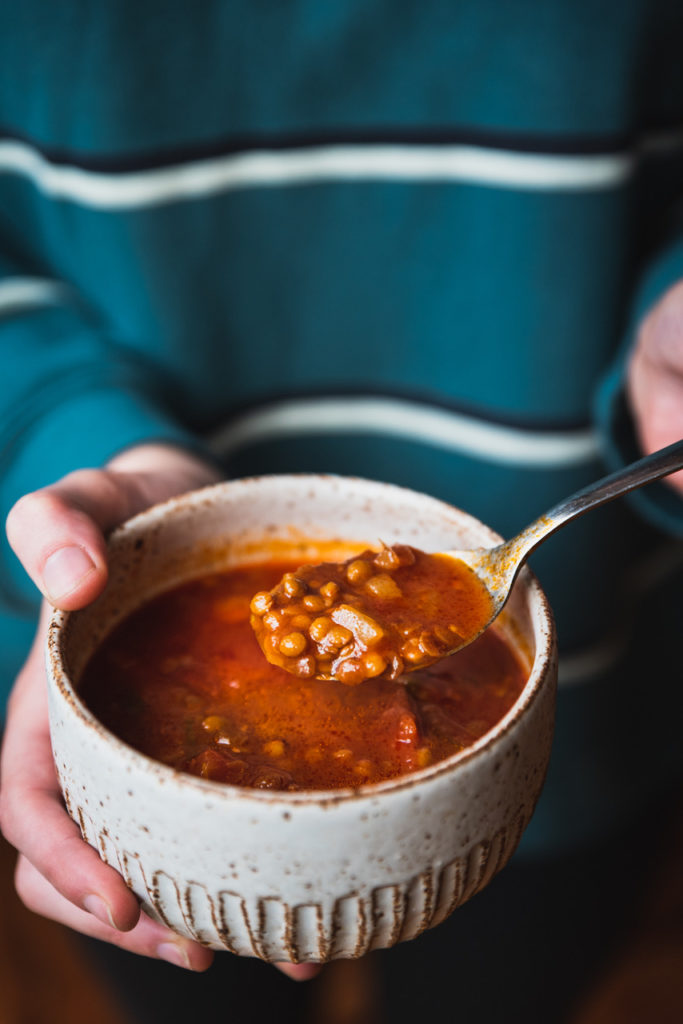

Conversely, high key (bright) light can show nature’s beauty, clearly displaying colour and abundance. It can convey summer, fun and well-being when photographing food that is light and healthy. Whichever you choose will be up to your own artistic preference and the natural light available to you in your home and kitchen.
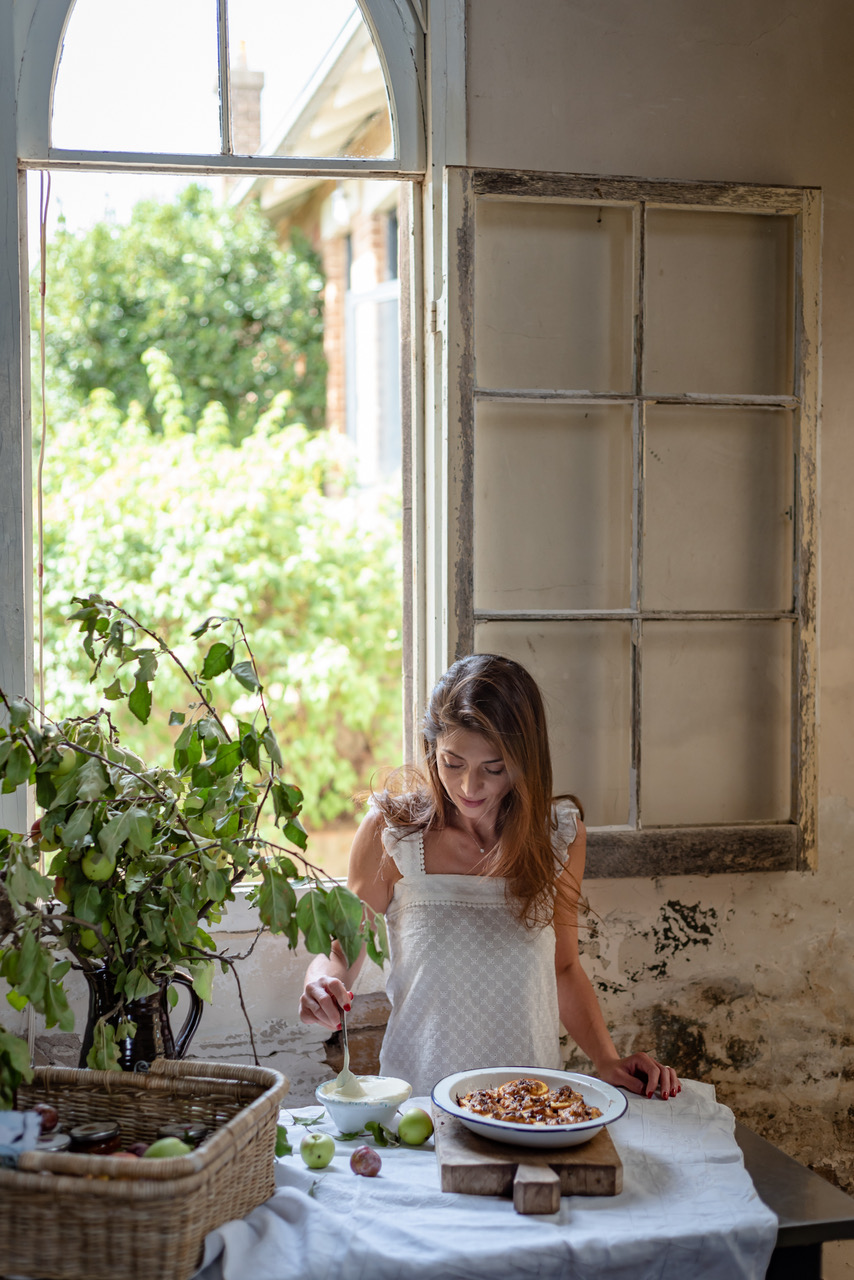
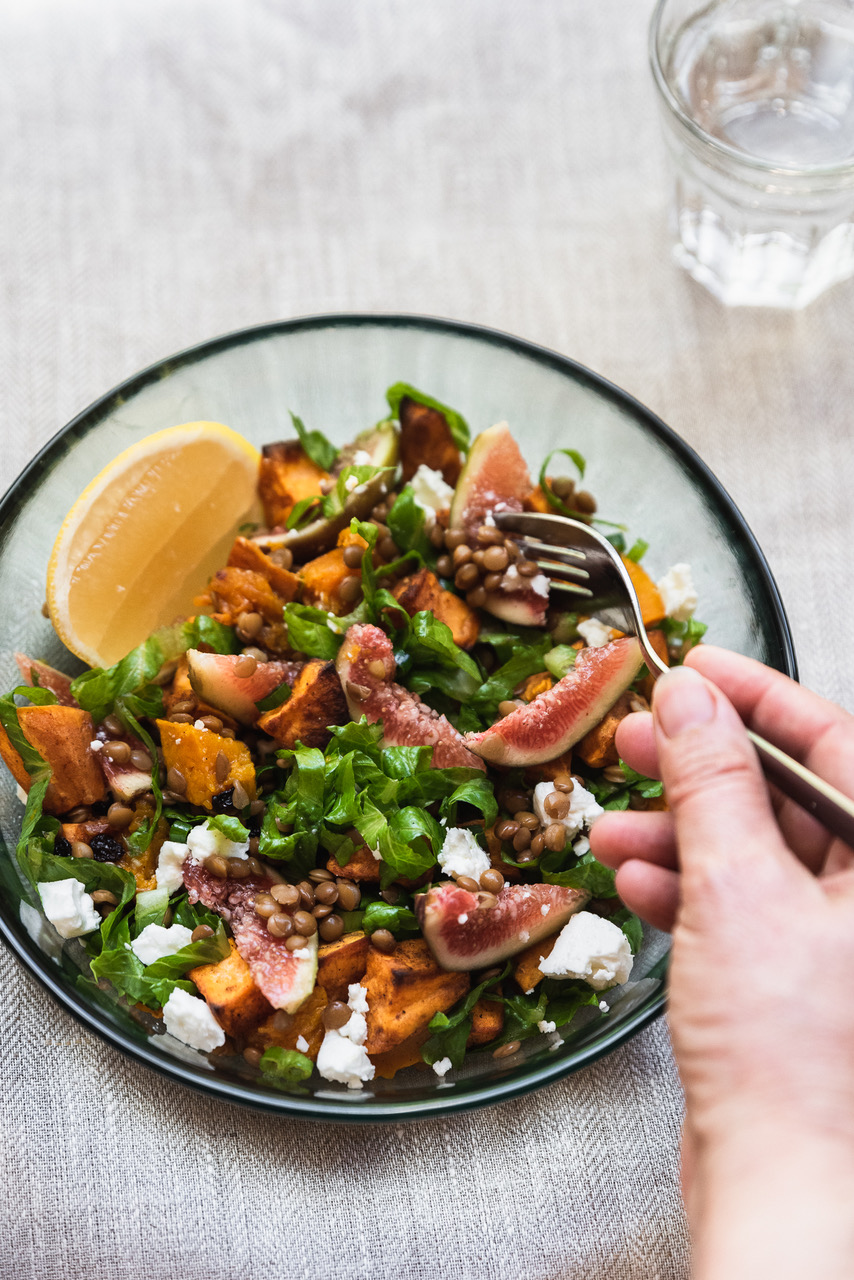
5. Gear & Settings
I use whatever focal length best frames the shot I have in my mind’s eye, however I use a 24-70mm lens and I find this is perfect for lifestyle food photography. The wide end allows me to capture the surroundings whilst still being up close to the subject, and the long end is handy for those close up shots.
I find very wide apertures is not conducive to showing off detail and texture and let’s face it, detail is the hero of most of your shots in lifestyle food photography. I tend to shoot no wider than f/2.8 when I really want to isolate the focus. When I want lots of detail and some of the surroundings including, I’ll shoot up to f/5.6

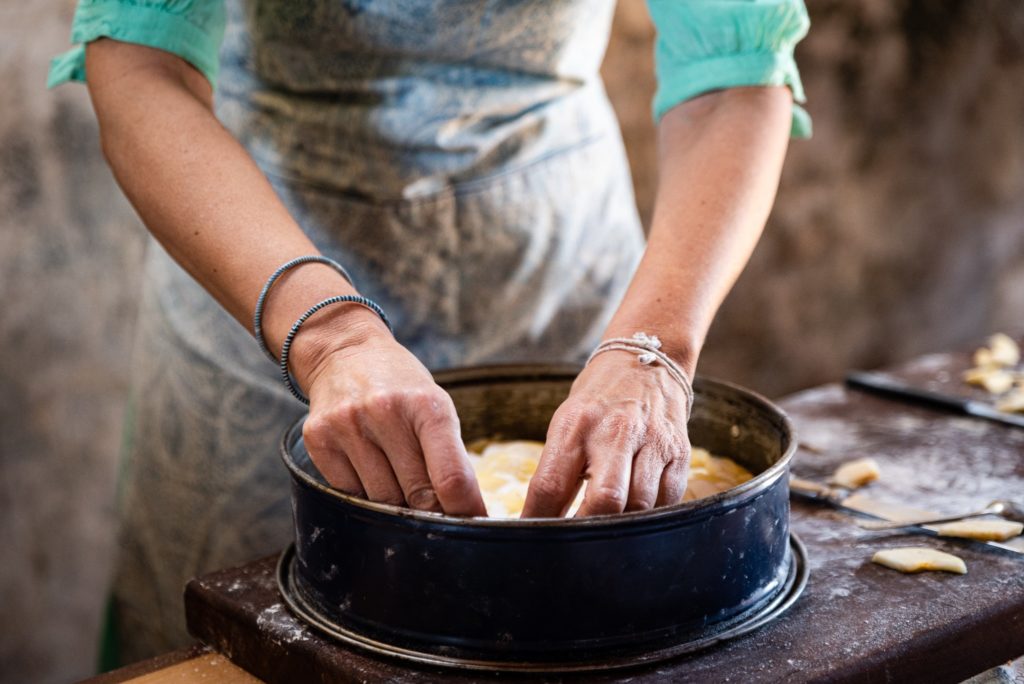
6. Lifestyle Food Photography Selfies
Many of my shots include my own hands… yep, selfies! Grab your tripod, and follow these steps for easy lifestyle food photography selfies!
- Set up the elements exactly how you want them to appear in the shot
- Take some test shots of the set up to make sure you’re happy with the composition and angle, and to test your settings
- If you want to get both the main food subject and your hands in focus, choose an aperture that will give you a good depth of field, eg. f/4.5
- Once you’re with the test shots, aim focus where you want the sharpest point, then switch to manual focus on your lens to lock it
- Using your longest timer mode, hit the shutter button and run into place!
Hey presto!
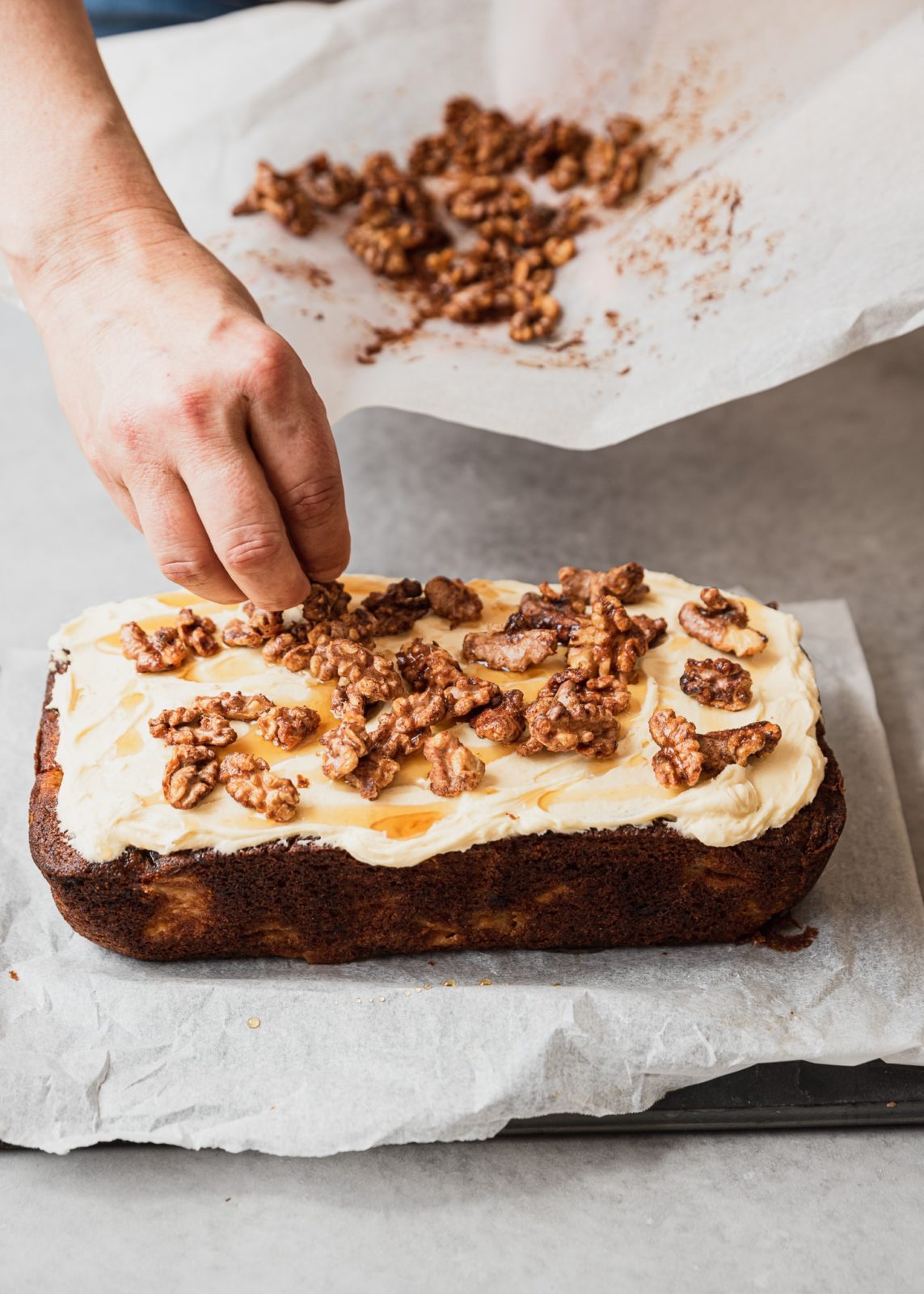
Lifestyle food photography is a wonderful way to record your own adventures with food, whilst at the same time developing your skills around light and pushing you creatively in your photography.
Like all creativity it should reflect your own style, but with a few guidelines in mind, and always honouring the story, we can record our love of food in an authentic way whether we’re capturing our own creations for pleasure, sharing on social media, or helping producers create their own content.
Some Instagram accounts who do this beautifully:
@leantimms @locallovely @myopenkitchen @luisabrimble @lindsaycameronwilson @tillys_table @marte_marie_forsberg @emikodavies @twiggstudios
Big love and thank you to Sally for your incredible words and images! If you want to check out more of Sally’s work (and her heartwarming stories!) OR you want to engage her for your food photos (!!), you can find her over here.
Join my new workshop and learn How to Shoot Pro-Quality Photos With Your DSLR… and it’s totally FREE to join! Register here…

Leave a Reply Cancel reply
PRIVACY POLICY & SITE TERMS AND CONDITONS
CLICK LOVE GROW ™ Pty Ltd - COPYRIGHT 2024 ©
x
Join Now
Enter your info below to join the challenge!
Want a friendly reminder when I go live?
Pop in your number and I’ll shoot you a text.
* We will send text reminders for our live calls during the challenge! Reply ‘STOP’ to end or ‘HELP’ for help.
We promise not to ever share your details with anyone or send you spam! Check our privacy policy and terms of service.
Be the first to comment